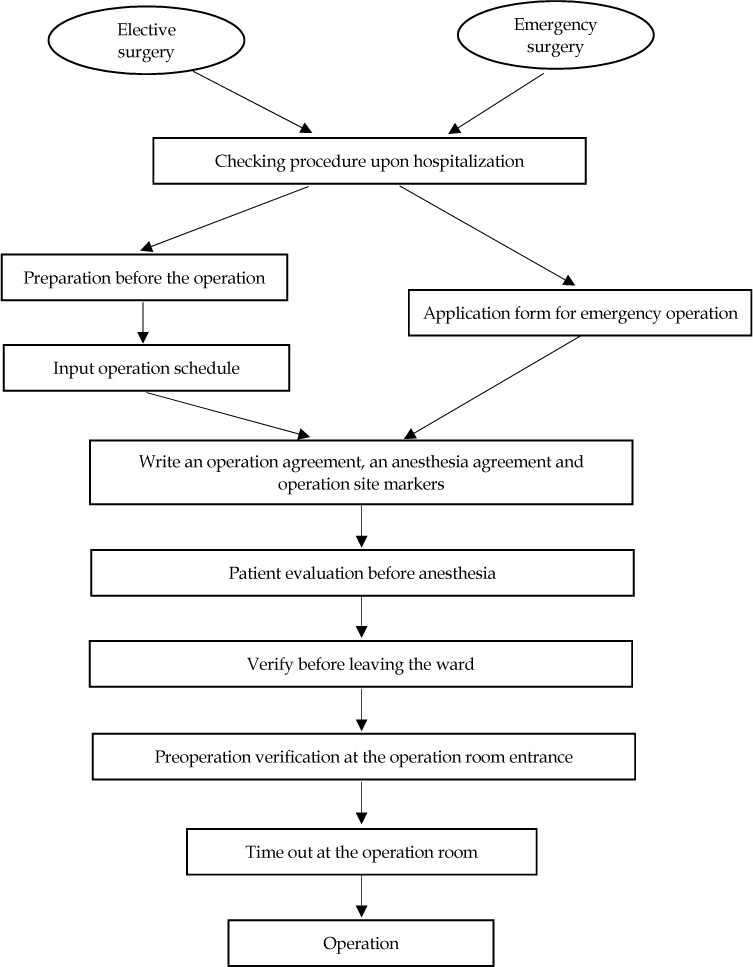Department of Nursing, Konyang University, Korea.
Copyright © 2016 Korean Academy of Nursing Administration
This is an open access article distributed under the terms of the Creative Commons Attribution Non-Commercial License (http://creativecommons.org/licenses/by-nc/3.0/), which permits unrestricted non-commercial use, distribution, and reproduction in any medium, provided the original work is properly cited.


Note. The risk priority number (RPN) was calculated by multiplying S, O and D scores.
S=Severity; O=Occurrence; D=Detection; RPN=Risk priority number.
Note. The risk priority number (RPN) was calculated by multiplying S, O and D scores. S=Severity; O=Occurrence; D=Detection; RPN=Risk priority number.